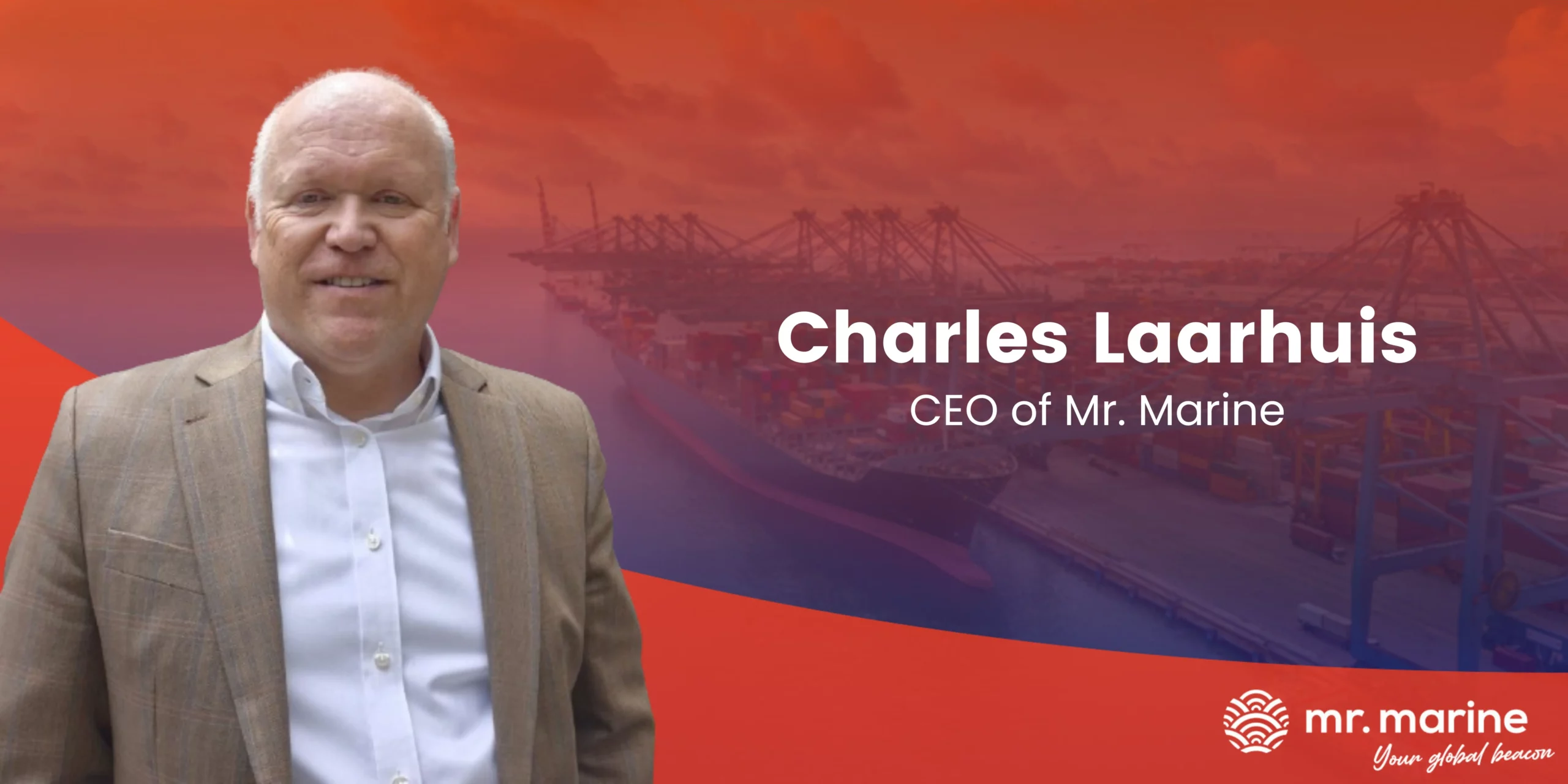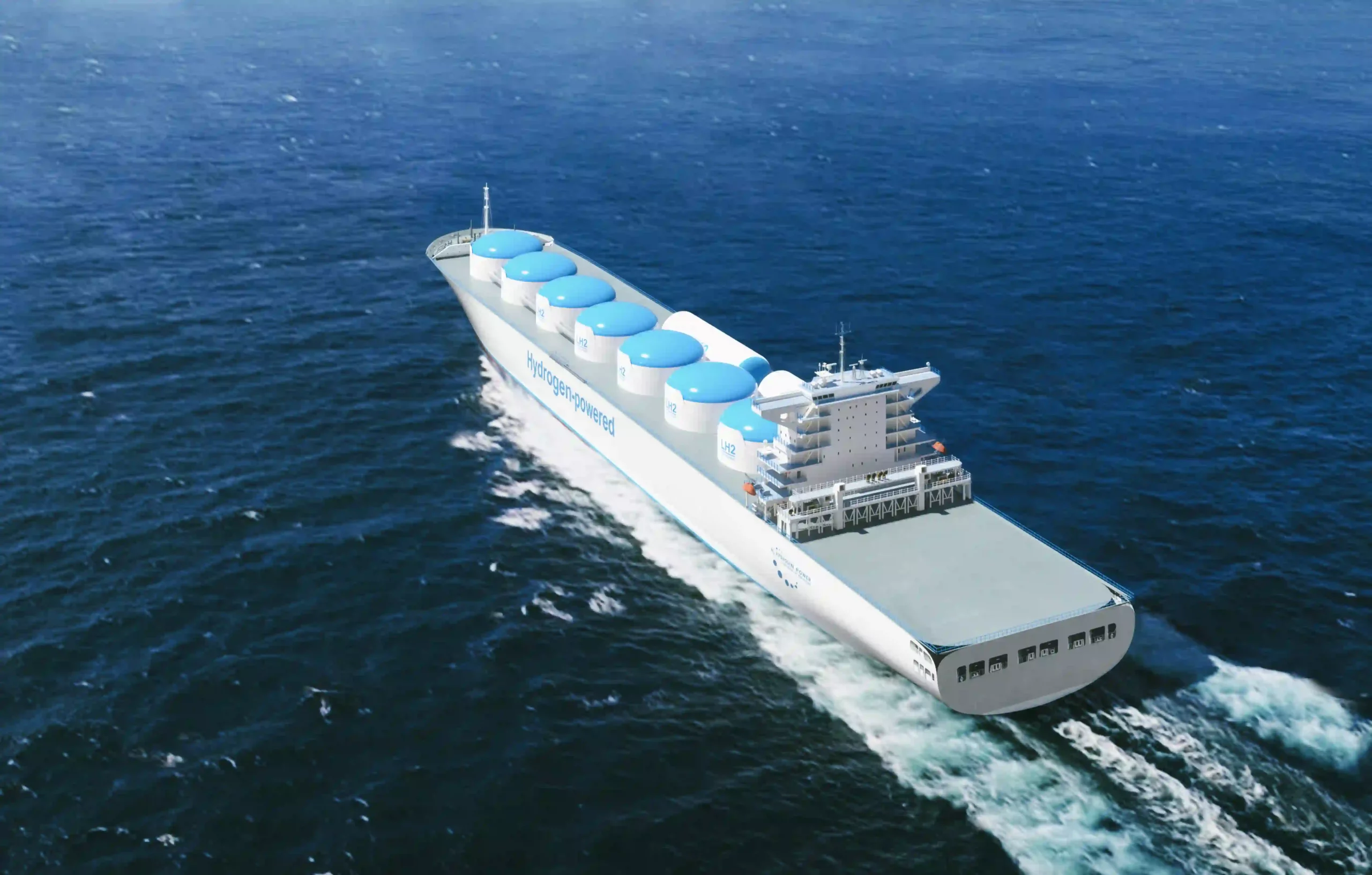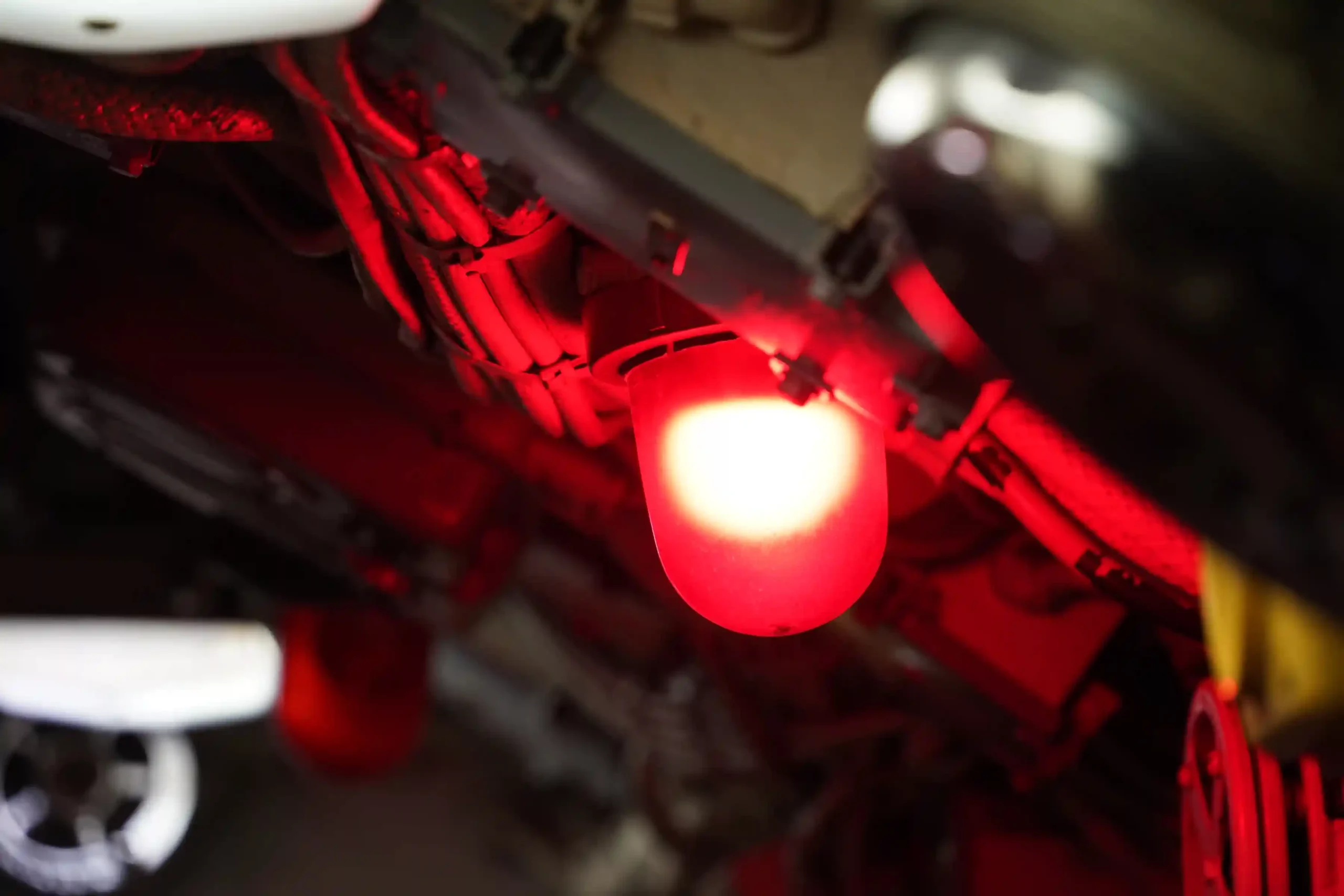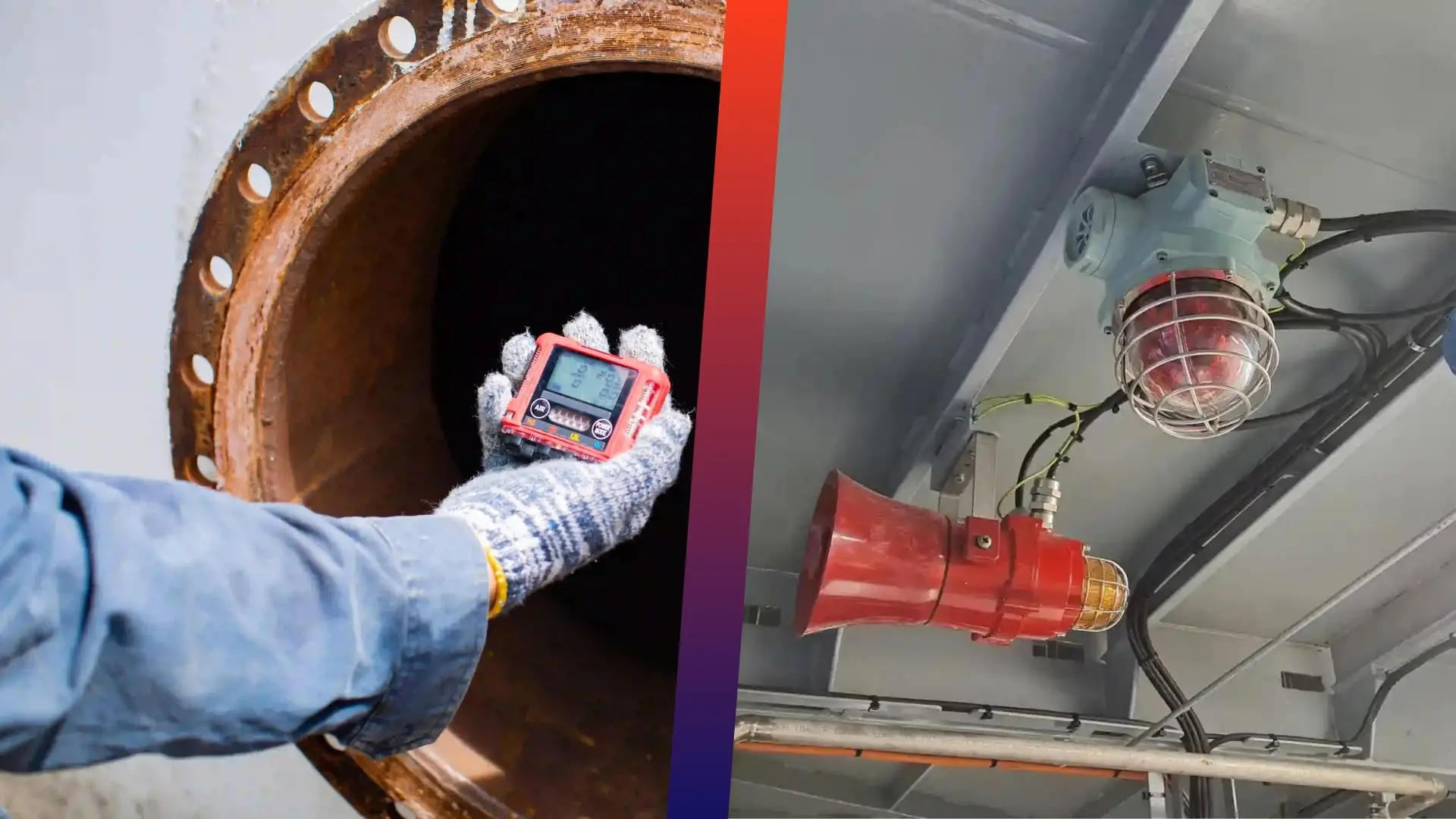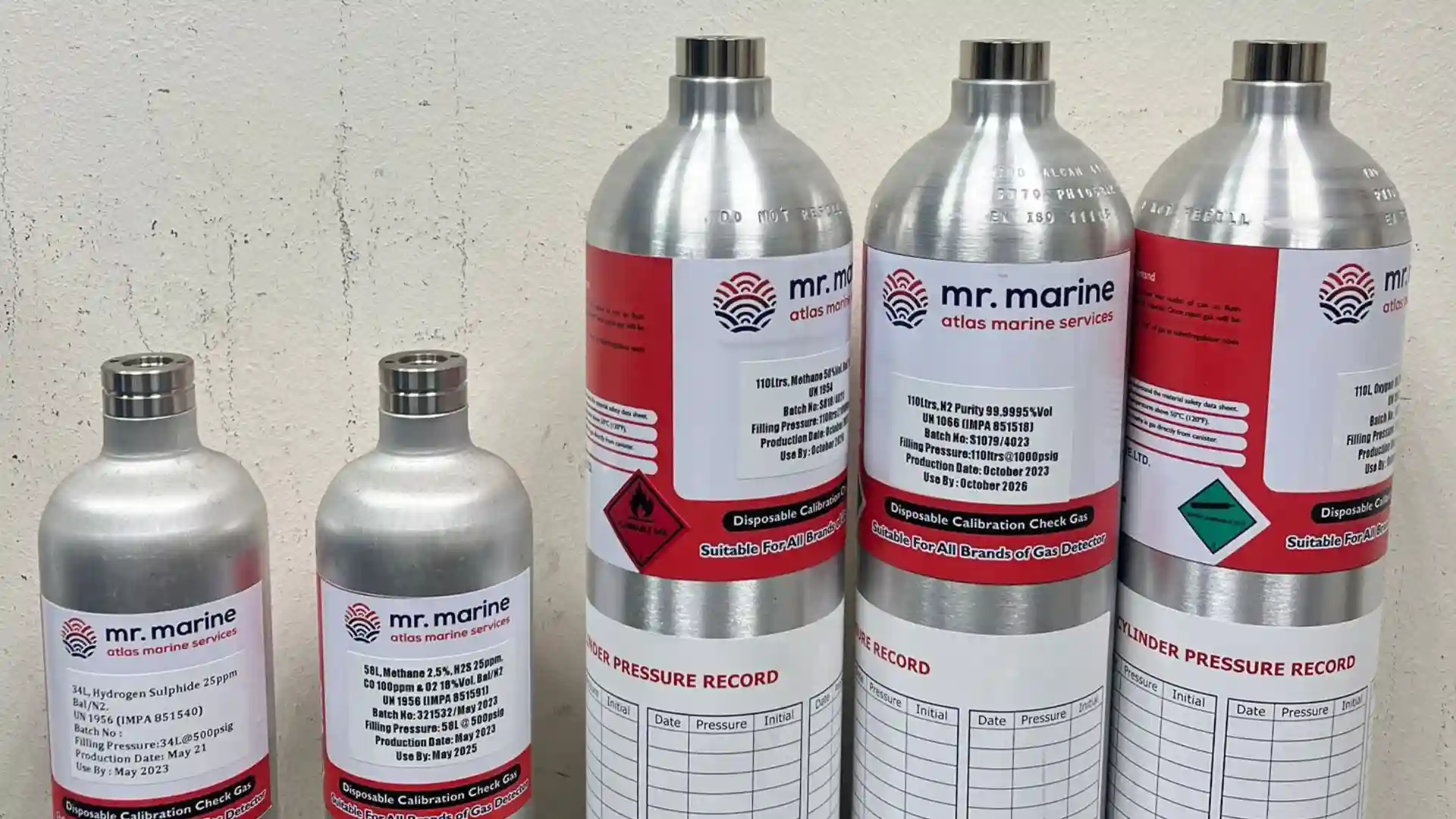According to regulations such as the SOLAS XI-1/7, all vessels (regardless of type) are required to carry at least one portable multi gas detector onboard for safety and compliance. However, there are many shipowners who also prefer to install fixed gas detection systems on their vessels for extra layers of protection. In some cases, for instance on oil tankers, fixed detectors are heavily recommended by relevant guidelines such as the ISGOTT (International Safety Guide for Oil Tankers and Terminals).
The current article will explore the different fixed gas detection needs for each type of vessel, bringing into light all of the current technical recommendations in the context of fixed gas detectors, issued by relevant authorities.
Tanker Vessels
Although tanker vessels themselves are classified into numerous types, we will focus on the most relevant ones for which gas detection is paramount. This includes:
- Oil Tankers
- Gas Tankers (for LPG, LNG, CNG or liquefied chemical gases in bulk)
- Chemical Tankers
As all of their denominations suggest, these tankers carry materials with high potential for hazards. Whether the ship is carrying oil, gas or chemical cargo, flammable and/or toxic mixtures are always a threat that can escalate into an extremely dangerous, life-threatening situation. For this reason, Oil Tankers have very specific recommendations in place, set forth by the ISGOTT.
Despite the fact that most of these tankers use inert gas systems in order to mitigate the risks associated with explosive gases, leaks can still occur due to the great volume of cargo and complex pipeline systems often found on these ships.
For this reason, fixed gas detection systems are mandatory on these types of tankers, offering continuous monitoring of the air in all the areas where it’s needed. To get a better understanding of the issue at hand, no other resource offers more relevant details than the ISGOTT itself. The key points relevant for operators of tanker vessels which can be extracted are the following:
- For tankers transporting flammable substances, fixed gas detection installations for flammable gases should be placed in spaces such as double hull spaces, pumprooms and the pipe tunnels in double bottoms.
- Main gas measurement unit (control panel) should be installed in a non-hazardous location, such as the central control room, or in listed explosion proof enclosures for location in hazardous areas.
- Sensors should be installed in areas where personnel might be exposed, and where leaks or spills could occur, e.g. loading arms, valve manifolds, transfer pumps.
- Fixed toxic gas detectors may be installed in the supply air intakes of pressurised control rooms and in non-pressurised control rooms.
- Fixed oxygen analysers to be used for monitoring oxygen content of boiler uptakes and the inert gas main.
Bulk Carriers, Ro-Ro, Cruise and Ferry vessels
Although Ro-Ro’, Ferry and Cruise vessels do not transport dangerous cargo, hazards can arise from the fumes on the vehicle deck. On Roll-on/roll-of vessels in particular, fixed gas detectors for flammable and toxic gases like hydrocarbons, carbon monoxide (CO), carbon dioxide (CO2), hydrogen sulphide (H2S) should be installed in the main cargo areas or car decks.
Bulk carriers or dry cargo vessels can sometimes carry dangerous or potentially hazardous material. For this reason, it is recommended to install fixed oxygen analysers and fixed toxic gas detectors in cargo areas, as well as adjacent areas.
Apart from the areas mentioned above, as a rule of thumb, fixed gas detectors are most likely to be installed on these types of vessels in the following areas:
- Compressor rooms
- Accommodation areas
- Ship entrances
- Ventilation inlets
- Engine room
- Boiler areas
Enclosed Spaces Protocol for All Types of Ships
According to IMO regulations, the monitoring of gas levels is a prerequisite before entering any enclosed space. The specified limits are as follows:
- Oxygen levels must be at least 21%.
- The indication should not exceed 1% of the Lower Flammable Limit (LFL).
- Toxic vapors and gases should not surpass 50% of the Occupational Exposure Limit (OEL), or Long Term Exposure Limit. For toxic gases like H2S, the OEL limit is often set at 10 ppm.
Crew members entering these spaces should be equipped with properly calibrated and tested multi-gas detectors. Continuous ventilation is mandatory during such activities. Moreover, In case of an emergency, the attending crew should refrain from entering the space until assistance arrives and the safety of the rescue crew has been assessed.
To sum it all up as clearly as possible, vessels should carry several portable gas detectors at all times indifferent of the type, not only for compliance but also to add that extra layer of security.
Additionally, tanker ship owners should look to install fixed gas detection systems as defined by the ISGOTT, whereas operators of Ro-Ro’s, Ferries, Cruise or Dry Cargo vessels should take into consideration the key areas where leaks of gas might emerge, when considering the placement.
Still unsure about what is best for your vessels? Contact us today and our experienced team of service technicians can guide you in your struggle to achieve safety and compliance through optimal gas measurement and detection. We also provide a full range of span gases, extremely valuable for the calibration process of gas detection systems.




